
How to Use JST Male: Examples, Pinouts, and Specs
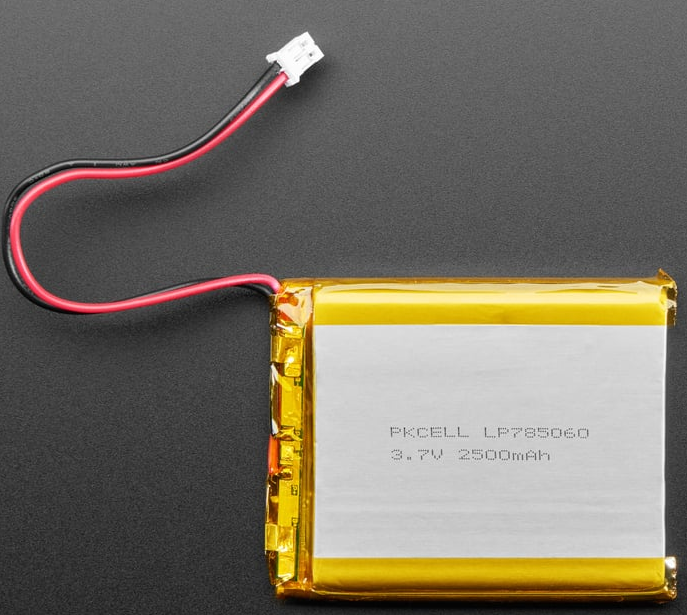
 Design with JST Male in Cirkit Designer
Design with JST Male in Cirkit DesignerIntroduction
The JST Male connector, manufactured by Adafruit, is a widely used electrical connector designed for joining wires in a circuit. It features a male pin design that mates with a corresponding female connector, ensuring a secure and reliable connection for both power and signal transmission. These connectors are compact, lightweight, and easy to use, making them ideal for a variety of applications.
Explore Projects Built with JST Male
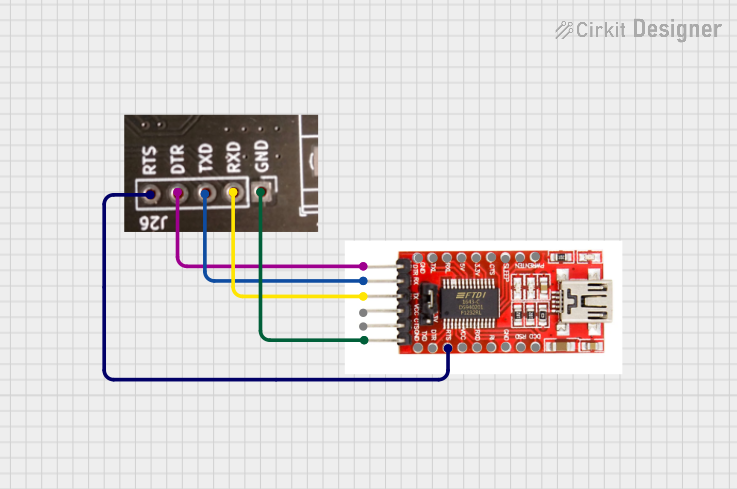
 Open Project in Cirkit Designer
Open Project in Cirkit Designer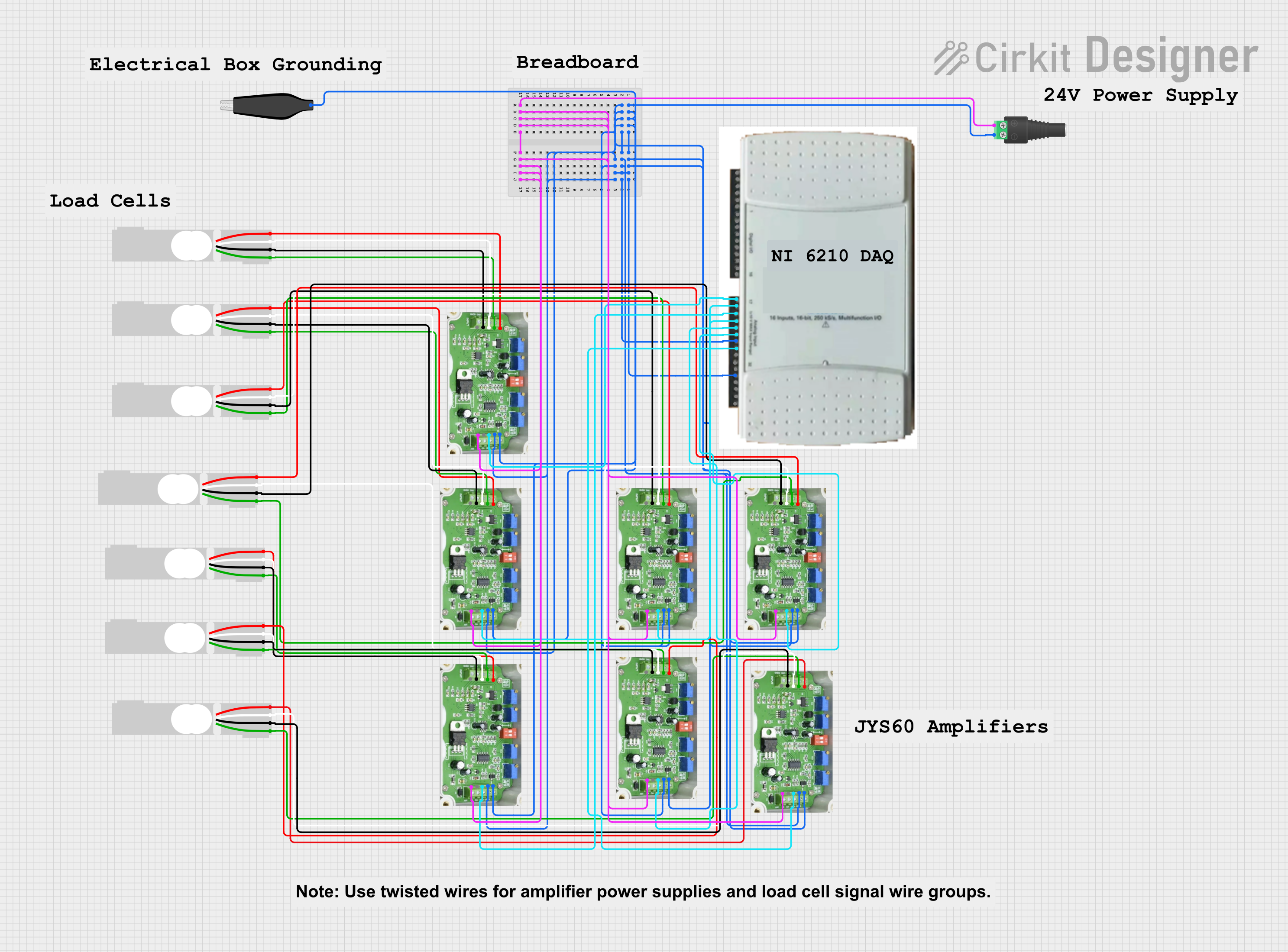
 Open Project in Cirkit Designer
Open Project in Cirkit Designer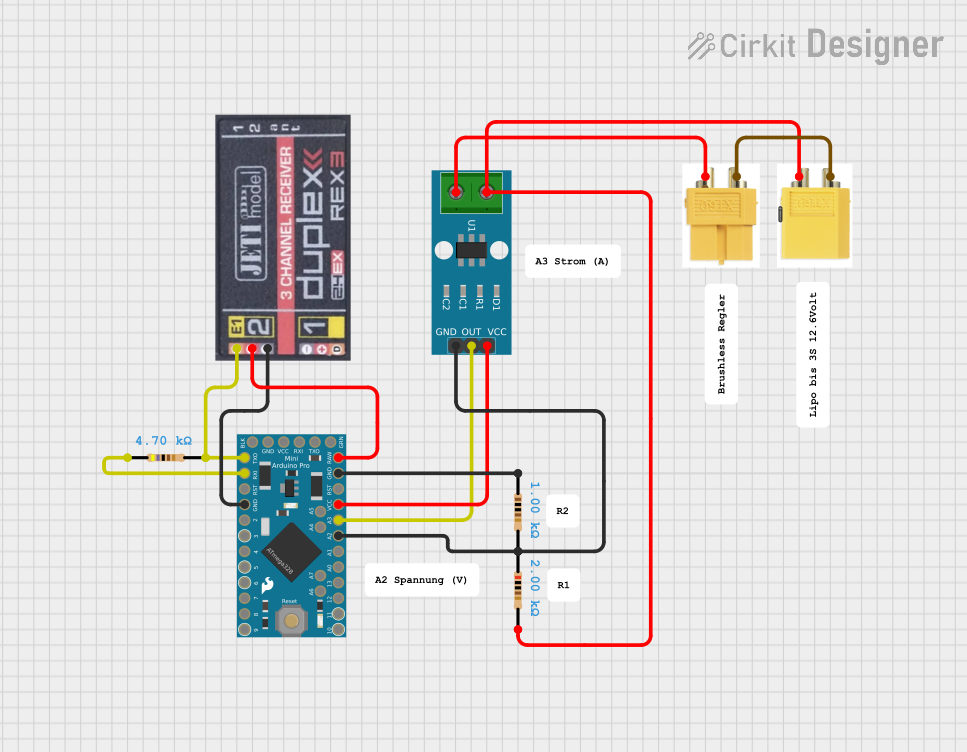
 Open Project in Cirkit Designer
Open Project in Cirkit Designer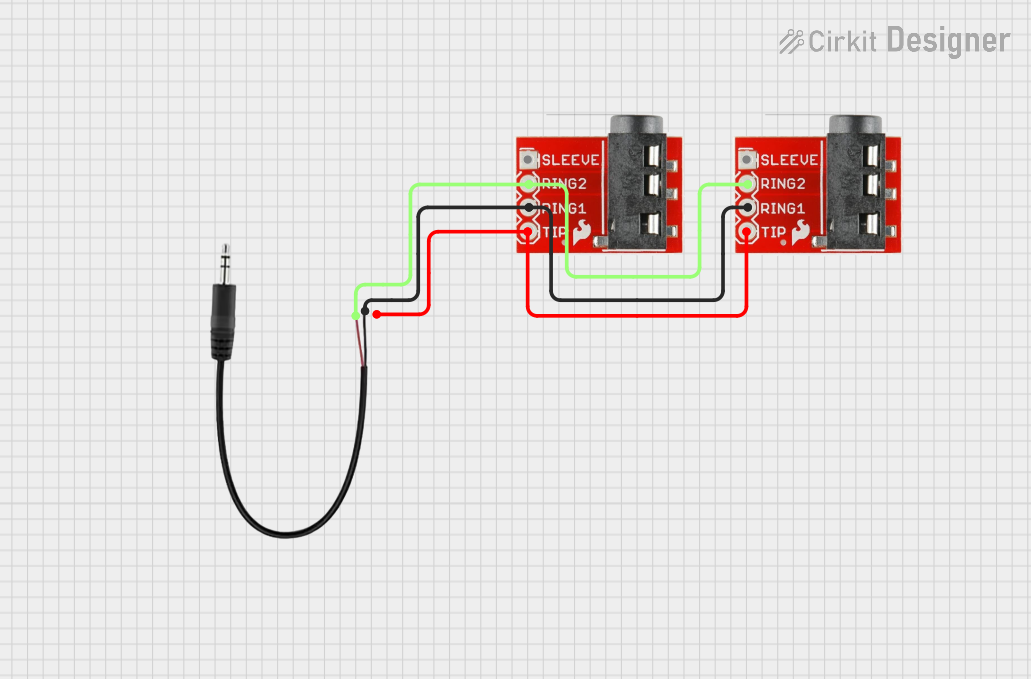
 Open Project in Cirkit Designer
Open Project in Cirkit DesignerExplore Projects Built with JST Male

 Open Project in Cirkit Designer
Open Project in Cirkit Designer
 Open Project in Cirkit Designer
Open Project in Cirkit Designer
 Open Project in Cirkit Designer
Open Project in Cirkit Designer
 Open Project in Cirkit Designer
Open Project in Cirkit DesignerCommon Applications and Use Cases
- Power connections in small electronic devices
- Signal transmission in robotics and drones
- Battery connections for LiPo (Lithium Polymer) batteries
- Prototyping and DIY electronics projects
- Embedded systems and IoT devices
Technical Specifications
The JST Male connector is designed to meet the needs of low-power and signal applications. Below are the key technical details:
| Specification | Details |
|---|---|
| Manufacturer | Adafruit |
| Connector Type | JST Male |
| Pin Count | 2 pins (standard) |
| Current Rating | Up to 3A |
| Voltage Rating | Up to 250V |
| Wire Gauge Compatibility | 22-28 AWG |
| Material | Plastic housing, metal pins |
| Operating Temperature | -25°C to 85°C |
| Mating Cycles | 50 cycles (typical) |
Pin Configuration and Descriptions
The JST Male connector typically has two pins, which are used for power and ground connections. Below is the pin configuration:
| Pin Number | Name | Description |
|---|---|---|
| 1 | VCC (+) | Positive voltage or power input |
| 2 | GND (-) | Ground or negative voltage |
Usage Instructions
How to Use the JST Male Connector in a Circuit
- Prepare the Wires: Strip the insulation from the ends of the wires you want to connect, ensuring the exposed length matches the connector's crimp terminals.
- Crimp the Wires: Use a crimping tool to attach the wires to the metal pins of the JST Male connector. Ensure a secure and firm connection.
- Insert the Pins: Push the crimped pins into the plastic housing of the JST Male connector until they click into place.
- Connect to Female Connector: Align the JST Male connector with the corresponding JST Female connector and gently push them together until they lock.
Important Considerations and Best Practices
- Wire Gauge: Ensure the wires used are within the compatible range (22-28 AWG) for optimal performance.
- Polarity: Double-check the polarity of the connections (VCC and GND) to avoid damaging your circuit.
- Secure Connections: Use heat shrink tubing or electrical tape to insulate exposed wires and prevent short circuits.
- Avoid Overcurrent: Do not exceed the current rating (3A) to prevent overheating or damage to the connector.
Example: Connecting to an Arduino UNO
The JST Male connector can be used to power an Arduino UNO via a LiPo battery. Below is an example of how to connect and use it:
- Connect the VCC pin of the JST Male connector to the VIN pin of the Arduino UNO.
- Connect the GND pin of the JST Male connector to the GND pin of the Arduino UNO.
Sample Arduino Code
// Example code to read a sensor powered by a LiPo battery connected via a JST Male
// connector. Ensure the battery is properly connected to the Arduino's VIN and GND.
const int sensorPin = A0; // Analog pin connected to the sensor
int sensorValue = 0; // Variable to store the sensor reading
void setup() {
Serial.begin(9600); // Initialize serial communication at 9600 baud
pinMode(sensorPin, INPUT); // Set the sensor pin as an input
}
void loop() {
sensorValue = analogRead(sensorPin); // Read the sensor value
Serial.print("Sensor Value: ");
Serial.println(sensorValue); // Print the sensor value to the Serial Monitor
delay(1000); // Wait for 1 second before the next reading
}
Troubleshooting and FAQs
Common Issues and Solutions
Loose Connections:
- Issue: The connector feels loose or disconnects easily.
- Solution: Ensure the crimped pins are securely inserted into the housing. Replace damaged pins or housing if necessary.
Polarity Reversal:
- Issue: The circuit does not work or components are damaged.
- Solution: Double-check the polarity of the connections (VCC and GND) before powering the circuit.
Overheating:
- Issue: The connector becomes hot during operation.
- Solution: Verify that the current does not exceed the 3A rating. Use thicker wires if necessary.
Difficulty Crimping Wires:
- Issue: The wires do not stay attached to the pins.
- Solution: Use a proper crimping tool designed for JST connectors and ensure the wire gauge is compatible.
FAQs
Q1: Can I use the JST Male connector for high-power applications?
A1: No, the JST Male connector is designed for low-power applications with a maximum current rating of 3A. For high-power applications, consider using connectors with higher current ratings.
Q2: How do I remove the pins from the housing?
A2: Use a small flathead screwdriver or a pin removal tool to gently release the locking tabs inside the housing and pull the pins out.
Q3: Are JST connectors waterproof?
A3: Standard JST connectors are not waterproof. For outdoor or moisture-prone environments, use waterproof connectors or enclosures.
Q4: Can I solder wires directly to the pins?
A4: While crimping is recommended, you can solder wires to the pins if you do not have a crimping tool. Ensure the solder joints are clean and insulated.